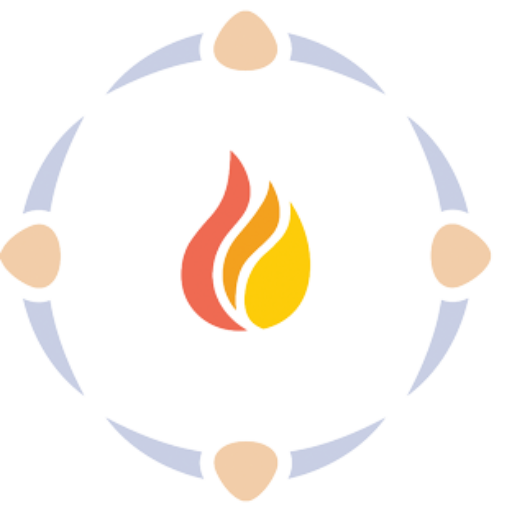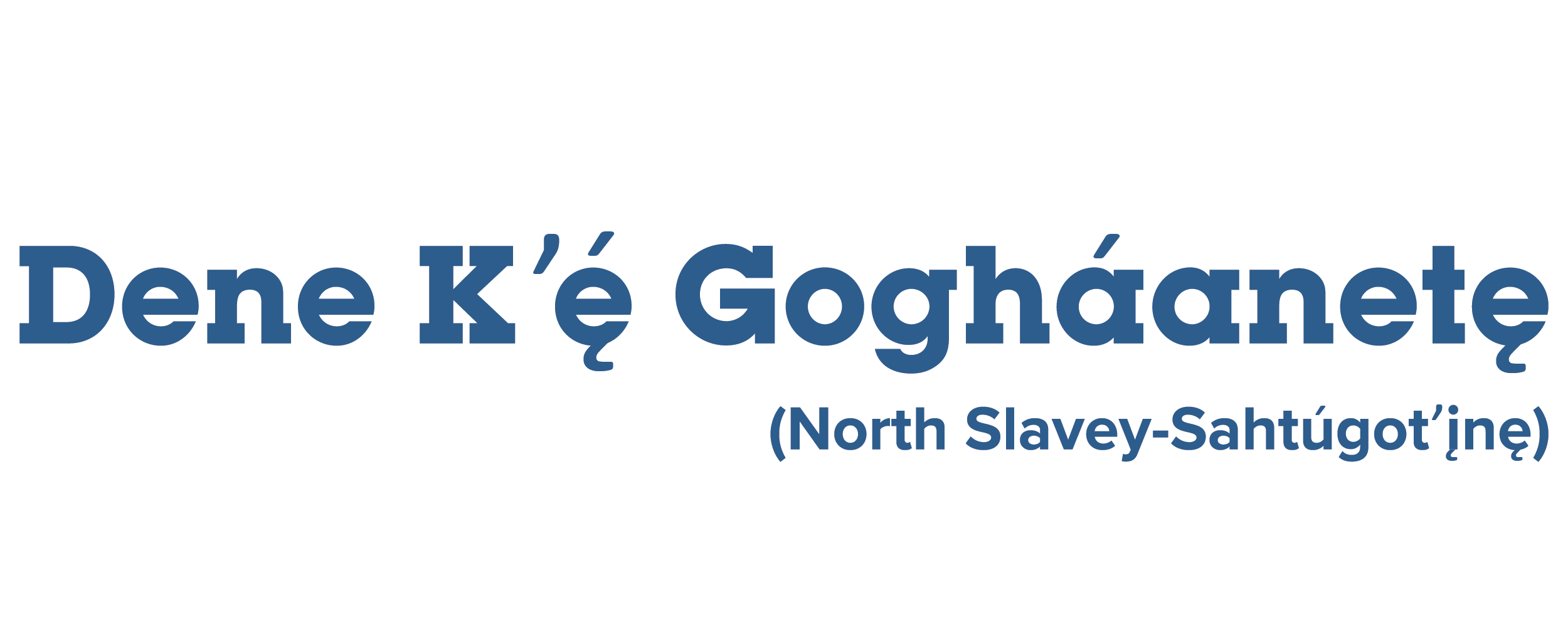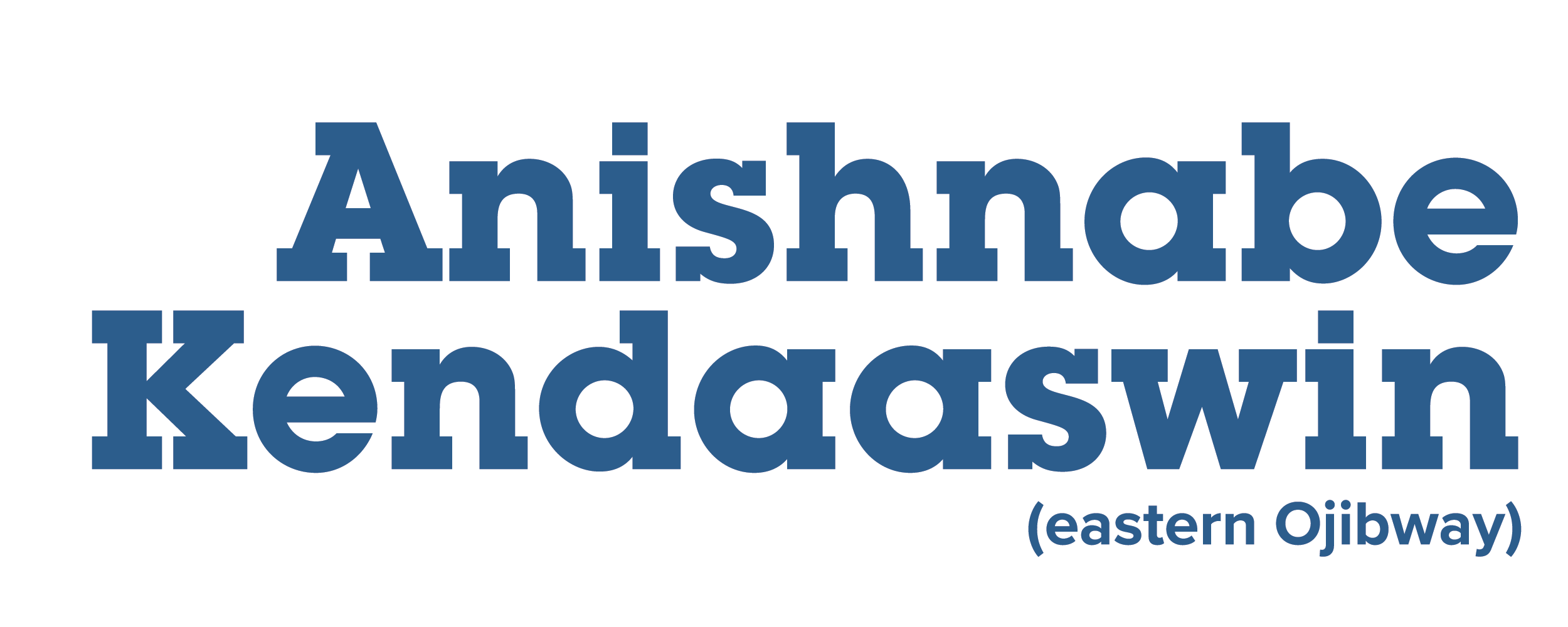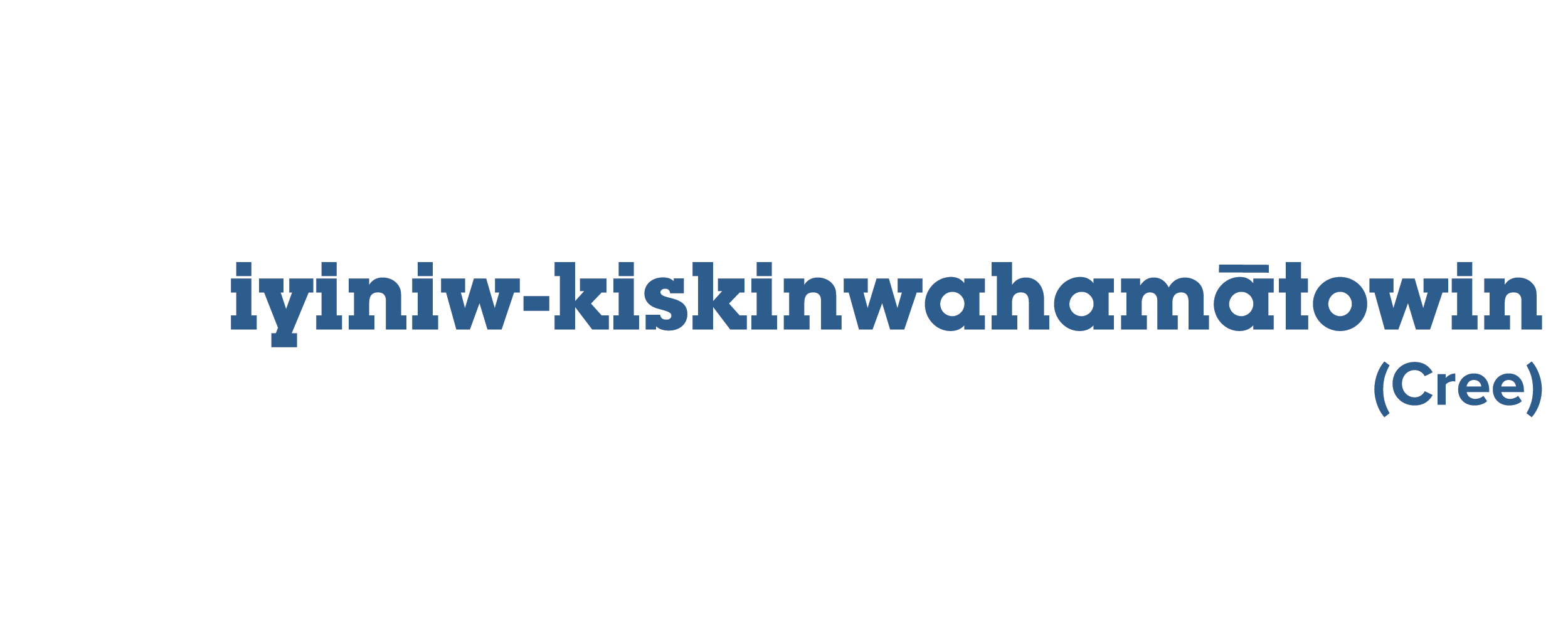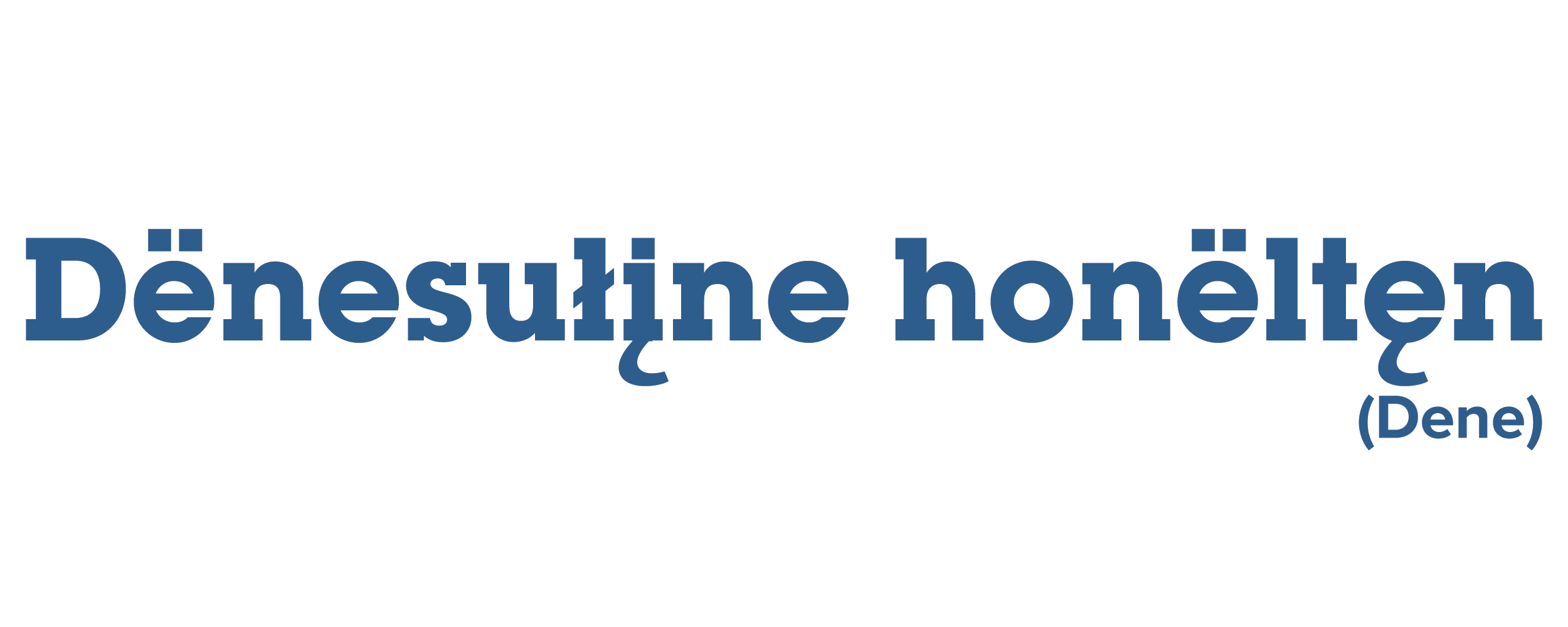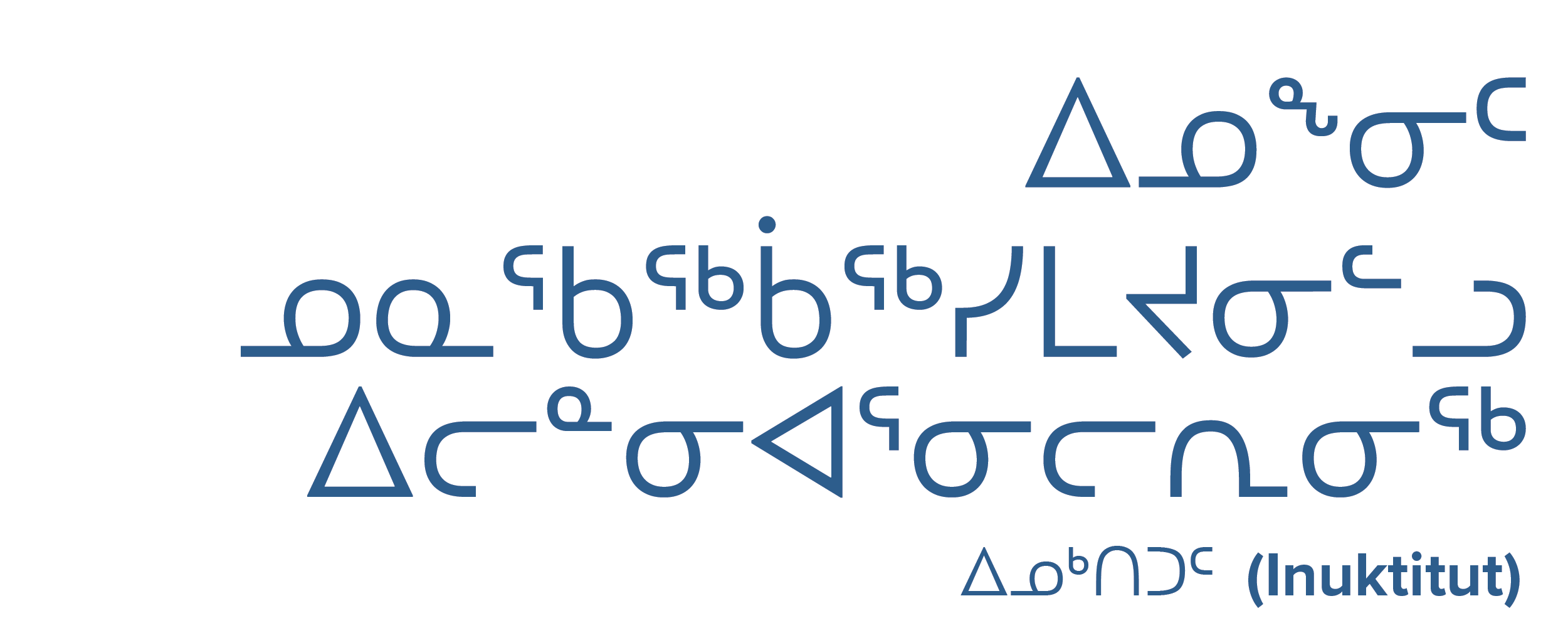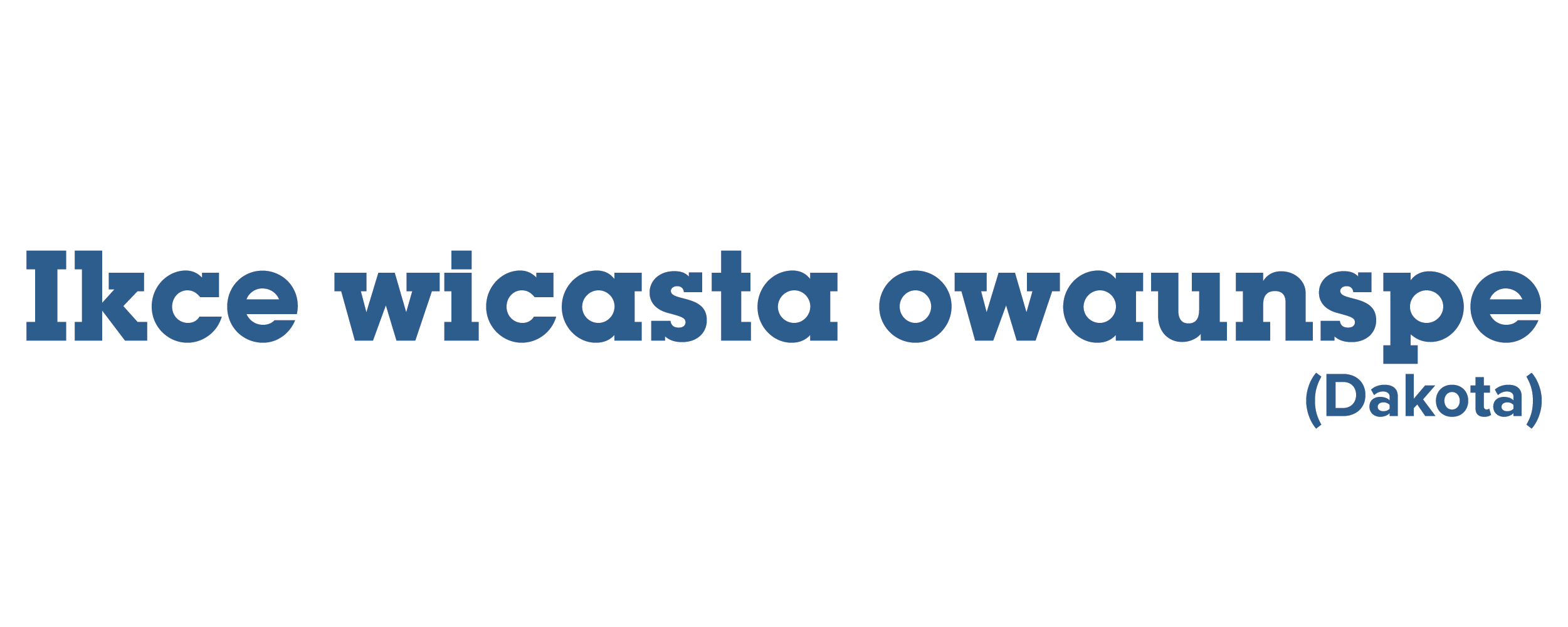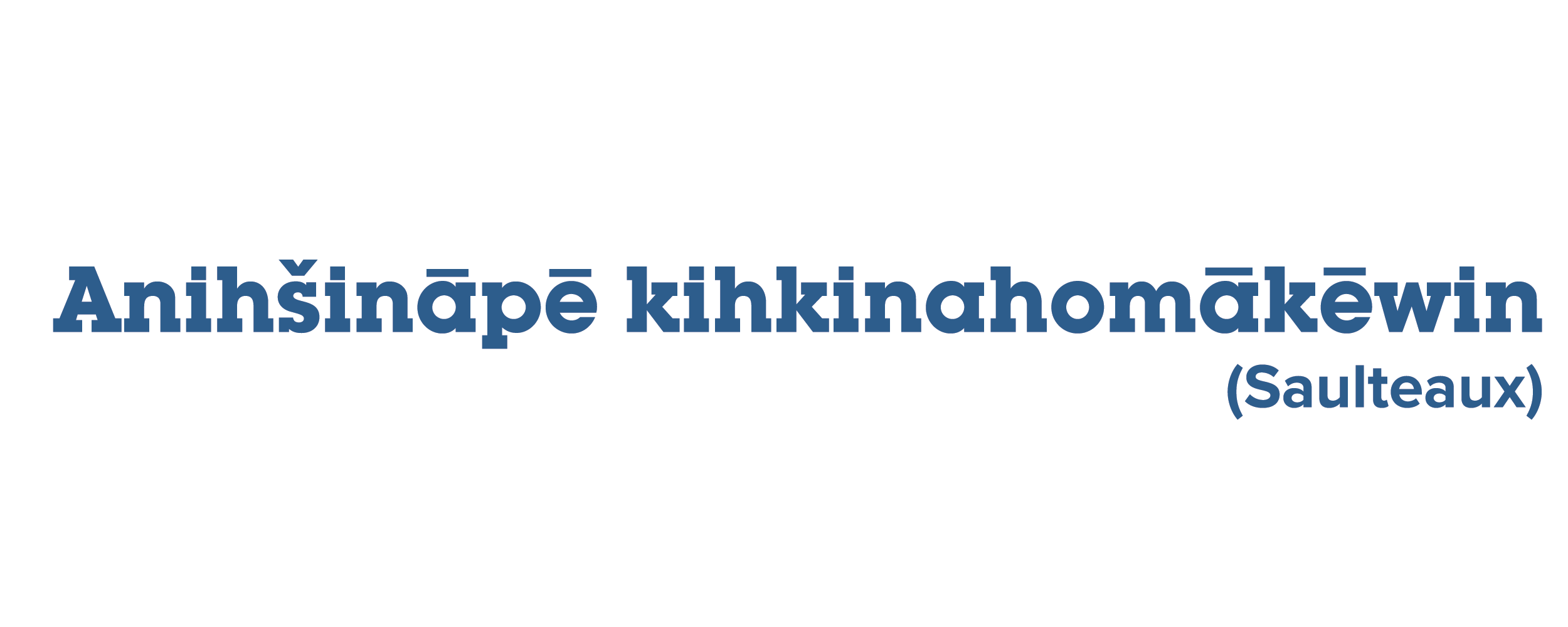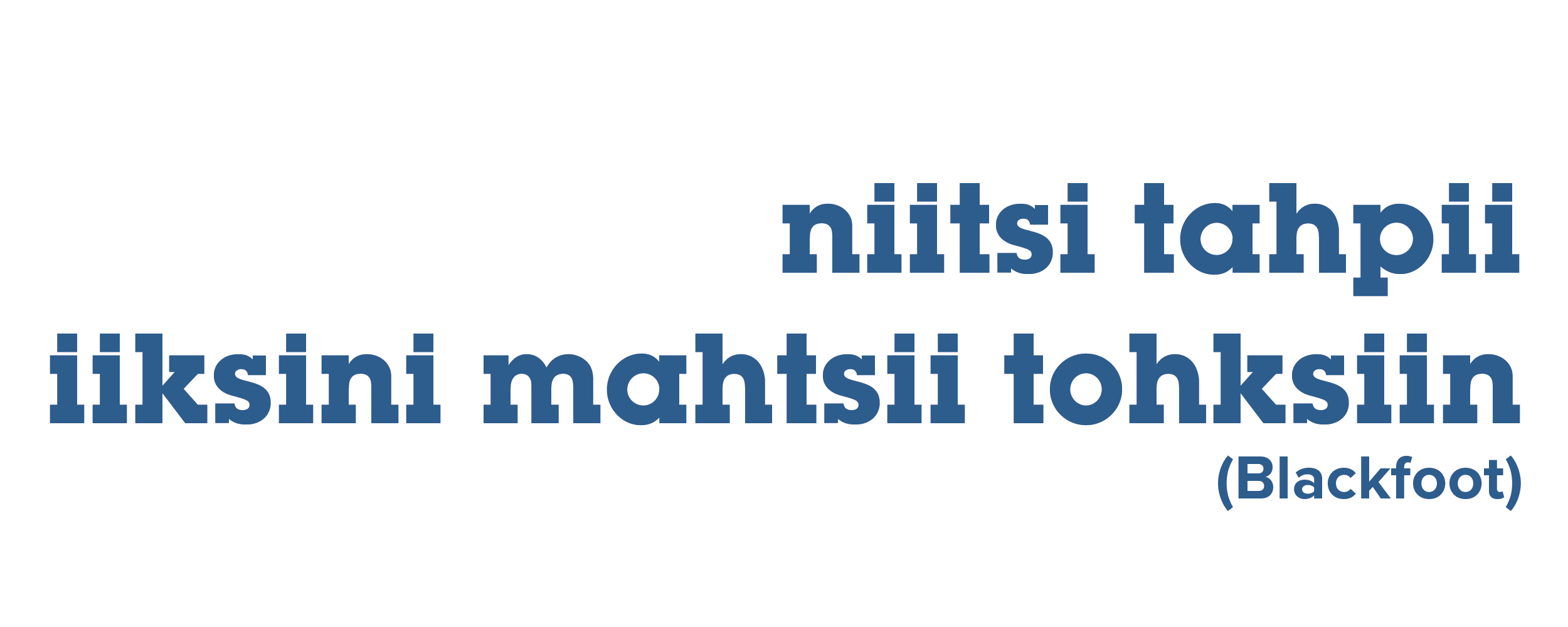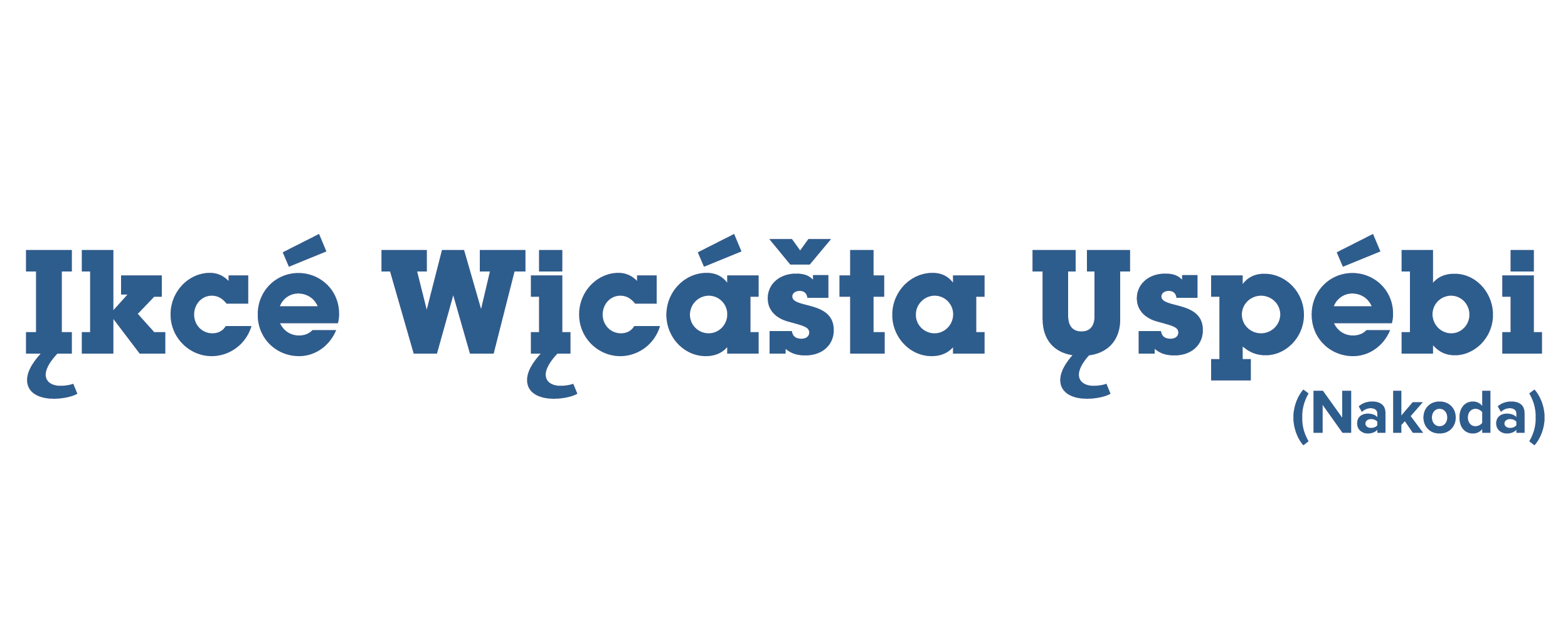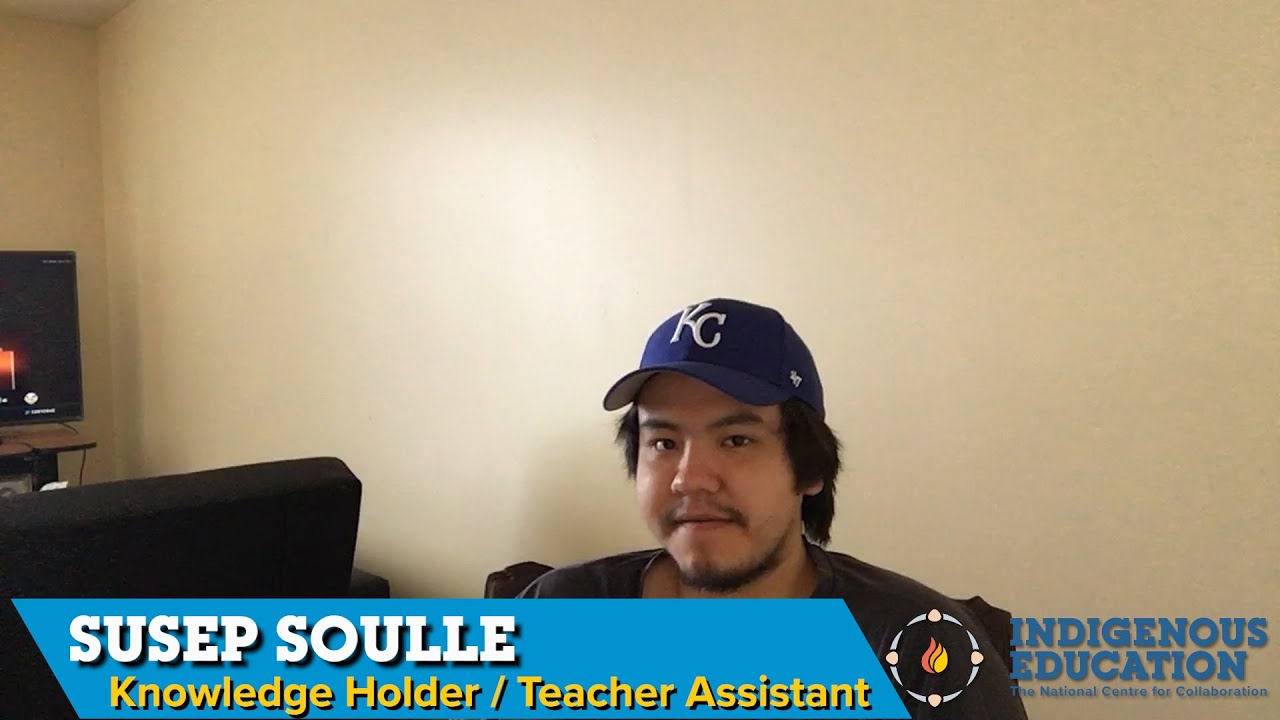Posted on février 3, 2021 by Steffany Salloum
In Part 4 of the series, the Buffalo People Arts Institute demonstrate hide scraping tips and techniques.
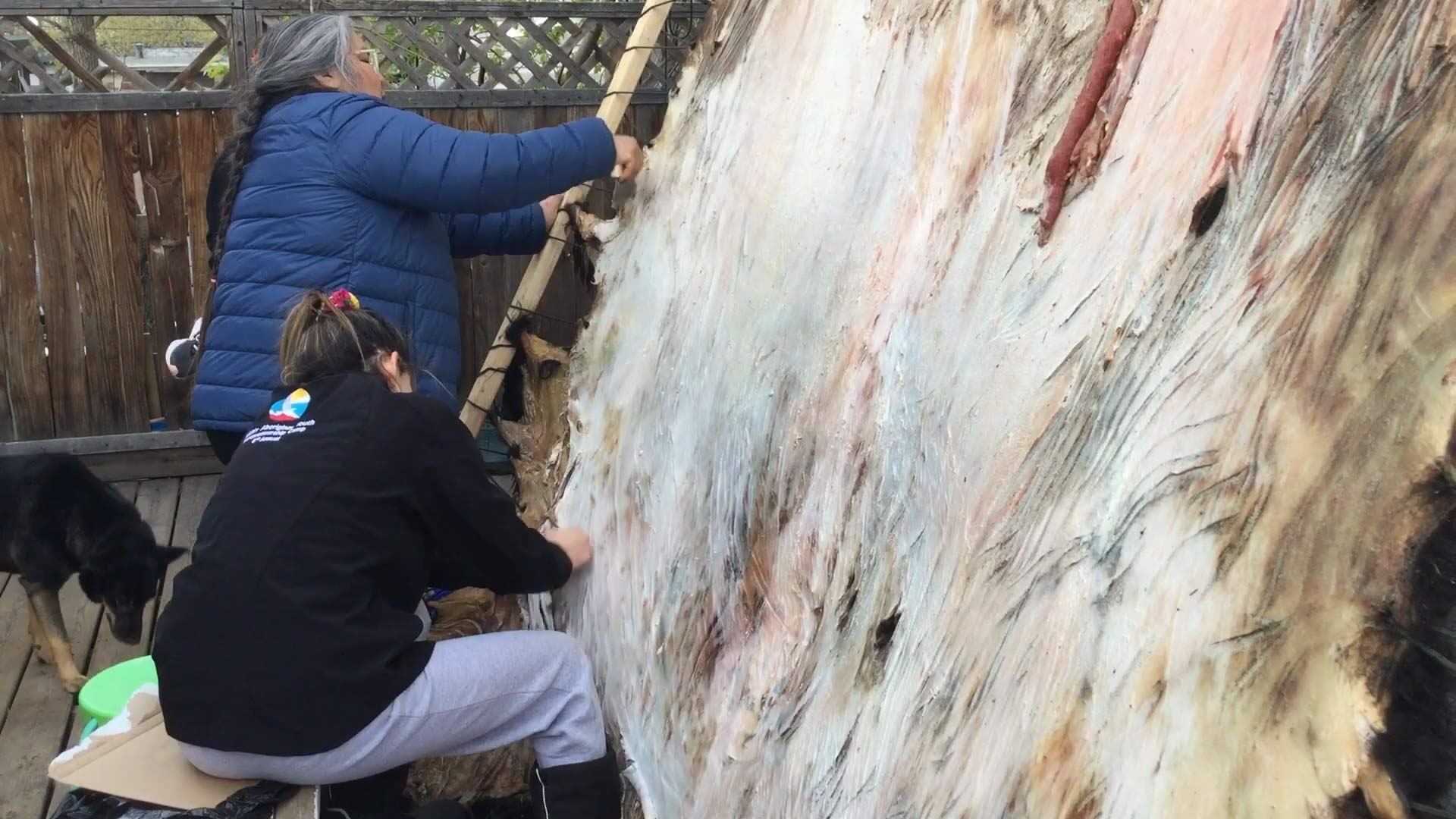
The meditative act of scraping a buffalo hide activates and re-awakens who we are through both physical and spiritual memories in our hearts and minds. As we do this work, we remember that our ancestors were trained from a young age to do this work and by knowing this we feel connected to them. We do this work together and are committed to seeing it through which bonds us as women. Joely BigEagle-Kequahtooway explains, “just like the buffalo we have made it through the dark times of colonization, and now we have to do this hard work to make it through the next parts.” For BigEagle-Kequahtooway, the buffalo feeds her spirit and by doing this work it makes her spirit happy – one lesson is to take actions that feed your spirit.
Joely BigEagle-Kequahtooway and Lorne Kequahtooway are artists and leaders behind the Buffalo People Arts Institute (BPAI). Founded in 2015, BPAI became a non-profit organization whose mission is to share traditional Indigenous teachings and knowledge in order to raise social consciousness and create awareness of the power and strength drawn from blood memory and our connection to the buffalo.
In collaboration with NCCIE and Common Weal, BPAI documents the process of and teachings about buffalo hide tanning. This series of stories entitled, Buffalo Hide Tanning and Teachings, takes you on a journey of exploring connection to the buffalo while also reflecting on the social and historical realities of the buffalo and the people who rely on its survival.
Posted on janvier 26, 2021 by Steffany Salloum
Cree immersion and culture camps offer participants a culturally responsive education.
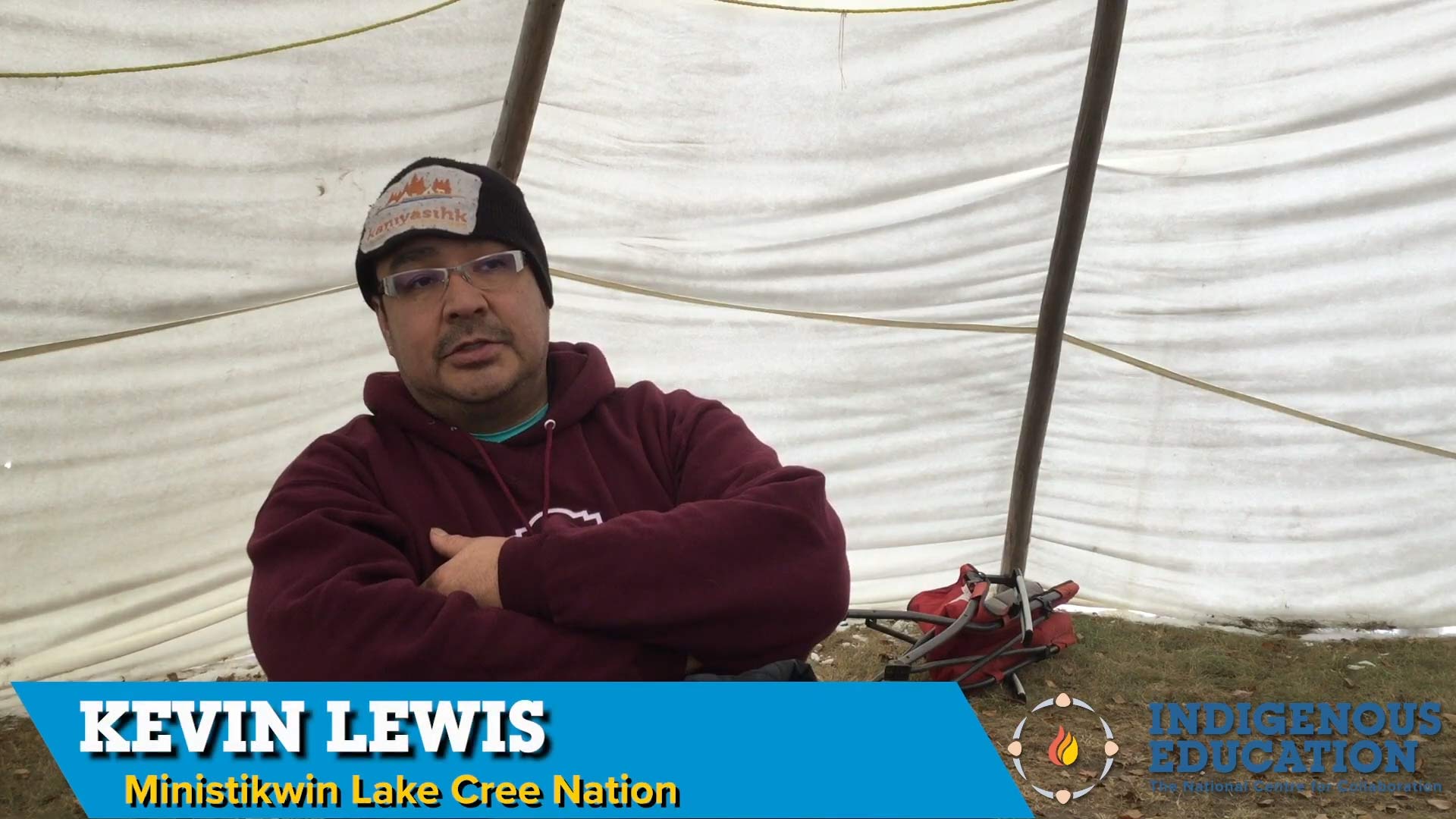
Founder of kâniyâsihk Culture Camps and initiator of the Cree Immersion School at Ministikwin Lake Cree Nation, Kevin Lewis is an Indigenous academic who has brought what he has learned about educating back to his community. Lewis is committed to land-based learning and Cree education and hopes to ensure his programs provide people, young and old, with a culturally responsive education. In order to evaluate these programs, he enlisted a colleague as an external reviewer who has experience establishing Maori schools and language centres in New Zealand. By evaluating both the school and the culture camps Lewis is learning about what students and parents are feeling, wanting, and thinking about these programs, which has informed how the program changes and adapts over time. The case study is considered a snapshot of the programs at a particular moment in time, and when the case study is combined with the Structured Assessments Framework for Land-Based Learning at kâniyâsihk Culture Camps, it becomes a model for evaluating such programs.
Posted on mai 7, 2020 by John Vallely
An Elder, who is preparing Anishinaabe people to be responsible, knowledgeable about their culture, creation and to show us our own personal role in Creation.
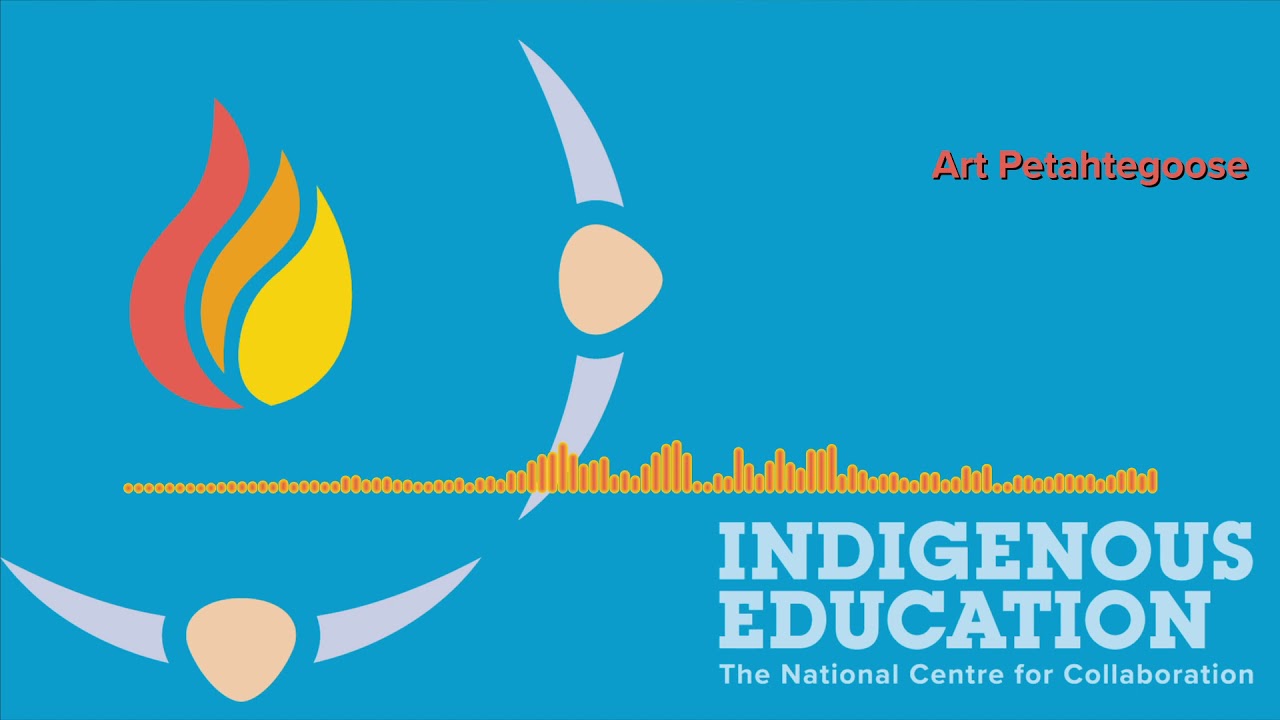
An Elder, who is preparing Anishinaabe people to be responsible, knowledgeable about their culture, creation and to show us our own personal role in Creation.
Posted on by John Vallely
« Choices » is an alternative School and General Cultural Programming within Native Friendship Centre and Native Health centres. The goal of the program was to revitalize culture and incorporate Anishnawbek ways.
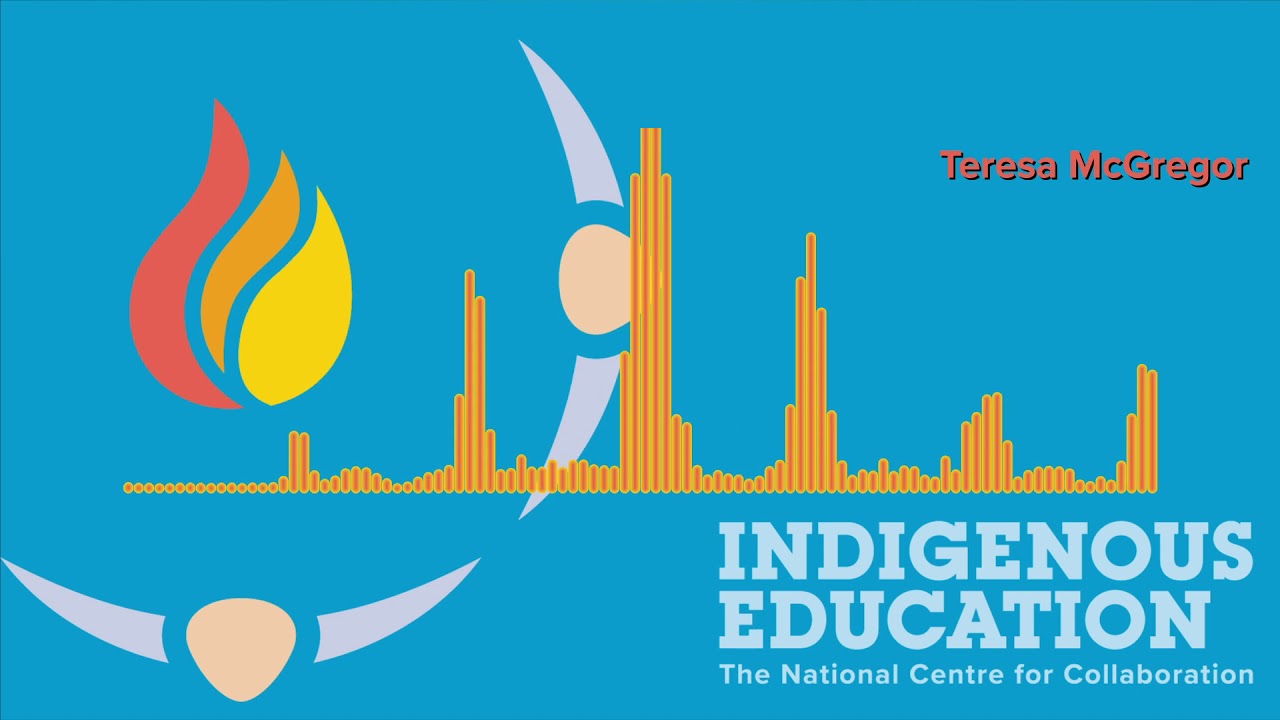
« Choices » is an alternative School and General Cultural Programming within Native Friendship Centre and Native Health centres. The goal of the program was to revitalize culture and incorporate Anishnawbek ways.
Posted on by Frannie and Kisa Rogers
Lonny is Traditional Knowledge Holder working to fill in what were cultural blank spaces with Indigenous dialogue and narrative to create a meaningful cultural support to the clients and staff of the Rotary House. Lonny discusses how important it is to create cultural space for not only clients but also for front line workers dealing […]
Lonny is Traditional Knowledge Holder working to fill in what were cultural blank spaces with Indigenous dialogue and narrative to create a meaningful cultural support to the clients and staff of the Rotary House. Lonny discusses how important it is to create cultural space for not only clients but also for front line workers dealing in the field of mental health. Cultural space is necessary for people to experience what is meaningful for them and to start healing steps. He shares the five components required for Indigenous Education to be truly culturally based and grounded.
Posted on février 24, 2020 by Lisa Jodoin
Instructor and K-6 Teacher Education Coordinator, Sharon Langer, talks about a land-based youth camp, coordinated by Qalipu First Nation, to which she takes her class of teacher education students each year.
Instructor and K-6 Teacher Education Coordinator, Sharon Langer, talks about a land-based youth camp, coordinated by Qalipu First Nation, to which she takes her class of teacher education students each year.
Posted on by stephenjolly
“Potlatch as Pedagogy: Learning Through Ceremony” (2018), authored by Sara Florence Davidson and Robert Davidson, was inspired by Haida ceremonial practice and provides a model for learning for educators that is holistic, relational, practical, and continuous. The authors encourage readers to consider the sk’ad’a (teaching) principles and what they might mean in the context of […]
“Potlatch as Pedagogy: Learning Through Ceremony” (2018), authored by Sara Florence Davidson and Robert Davidson, was inspired by Haida ceremonial practice and provides a model for learning for educators that is holistic, relational, practical, and continuous. The authors encourage readers to consider the sk’ad’a (teaching) principles and what they might mean in the context of education today and how these principles can be used in a local educational context. “Potlatch as Pedagogy” offers a lens from which to view teaching and learning from a different yet complimentary perspective to Western approaches to teaching and offers suggests for how educators can respectfully navigate those differences in education.
Posted on by
Angela sits on many different boards. She sits as the DEA for many years. Angela holds knowledge of our community that benefits our people.
Angela sits on many different boards. She sits as the DEA for many years. Angela holds knowledge of our community that benefits our people.
